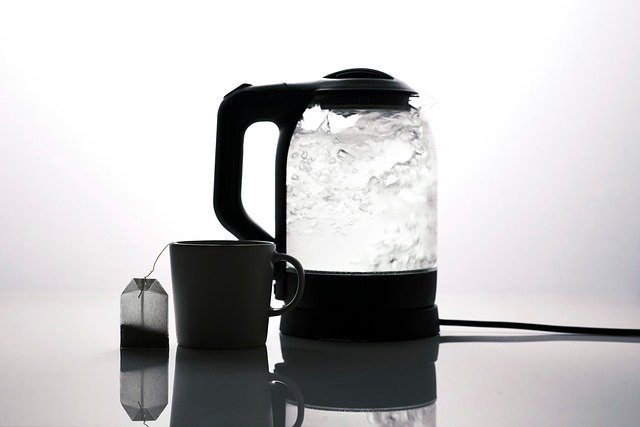How a Kettle Works and Practical Tips for Kitchen Use
A kettle is a common appliance in many kitchens for heating water quickly and reliably. Whether electric or stovetop, kettles are designed to bring water to a boil, support beverage preparation, and provide hot water for cooking or cleaning. Understanding how kettles operate, what affects boiling time, and how to maintain them can improve safety, efficiency, and the lifespan of the device.

Kettle: what is it and how does it fit in the kitchen
A kettle is a vessel with a spout and handle used to heat water, typically by placing it on a heat source or using an internal heating element. In a kitchen context, kettles serve a range of everyday needs: making tea or coffee, blanching vegetables, or providing hot water for quick cleaning tasks. Electric kettles plug into a mains supply and use an internal heating element, while stovetop kettles rely on a burner or flame.
Kettles are valued for speed and convenience. Their design often balances capacity, ergonomics, and thermal efficiency so they can be stored on a countertop or a kitchen cabinet when not in use.
How does a kettle heat water efficiently
Electric kettles convert electrical energy into heat via a heating element that transfers energy directly into the water. Many modern kettles use a concealed heating plate that sits under the water chamber, reducing scale buildup on the element and improving heat transfer. Stovetop kettles rely on conductive heating from the surface of the kettle to the water inside, which can be less efficient due to heat lost to the surrounding air and stovetop.
Insulation, kettle shape, and element placement all influence how efficiently energy is used to heat water. Features like a lid that seals well and a compact chamber reduce heat loss, shortening the time required to reach boiling.
What affects water boiling time in a kettle
Several factors determine how quickly a kettle brings water to boiling: the starting temperature of the water, the volume of water, the kettle’s power (for electric models) or the stove’s heat output (for stovetop models), and altitude. Water boils at 100°C (212°F) at standard atmospheric pressure; at higher elevations boiling occurs at lower temperatures, which can change cooking outcomes.
Using only the amount of water you need and starting with warmer tap water can shorten boiling time. However, water quality and mineral content can affect heat transfer over time by causing scale buildup, which reduces heating performance if not managed.
Kettle materials and heating element types
Kettles are commonly made from stainless steel, glass, or plastic. Stainless steel is durable and resists staining; glass lets you see the water level and scale; plastic can be lightweight and economical but may absorb odors over time. Electric kettles typically use either an exposed coil element or a concealed, flat heating plate. Concealed elements are easier to clean and less likely to accumulate limescale directly on the element.
When choosing materials and element types, consider durability, ease of cleaning, and any preferences for taste or odor. If mineral scale is a concern, look for designs with removable limescale filters or smooth interior surfaces that are easier to descale.
Safety and maintenance for kettle use in the kitchen
Safety features to look for in electric kettles include automatic shutoff once water reaches boiling and boil-dry protection that disables the heater if the kettle is switched on without sufficient water. For stovetop kettles, a whistle or audible signal indicates boiling. Always use the handle and avoid overfilling to prevent hot water splashing.
Regular maintenance extends a kettle’s useful life: rinse and descale according to the manufacturer’s instructions, wipe external surfaces, and replace any worn parts such as lids or seals. For descaling, mild acidic solutions like diluted vinegar or citric acid can dissolve mineral buildup; follow guidance specific to the kettle material to avoid damage.
Conclusion
Kettles are simple but effective tools for heating water in the kitchen, offering quick boiling, convenience, and a variety of design choices. Understanding how they heat water, what affects boiling time, the common materials and element types, and proper safety and maintenance practices can help you select and care for a kettle that fits your routine and environment. Regular cleaning and mindful use help maintain performance and safety over time.





